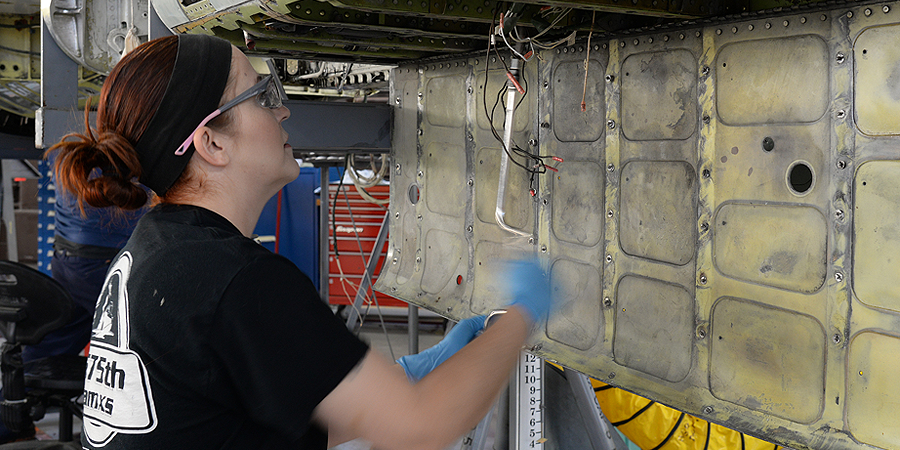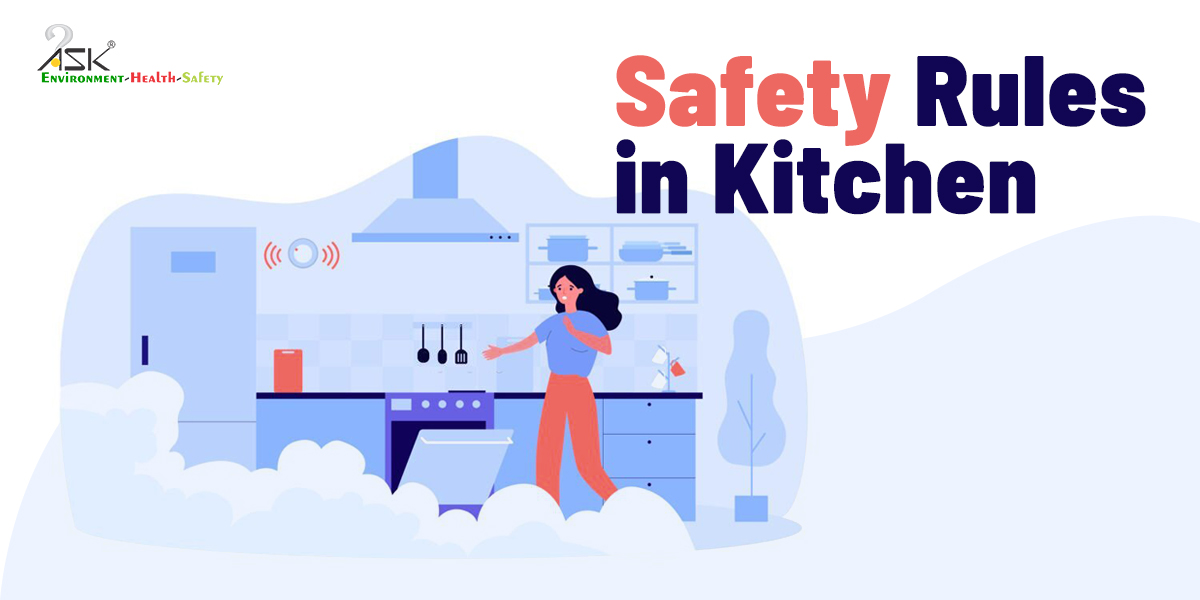QHSE at Modern Workplace

Operational preparedness isn’t limited to efficiency – it allows a company to make better use of its inputs, e.g. reducing defects in products or developing superior products at a better pace. Industries, be it local or MNCs, are making use of digitization as a cog to increase their productivity. Concept of effective integration of EHS management systems has received attention in the last decade. But its translation, especially with respect to quality, isn’t been widely implemented.
Quality and EHS go hand-in-hand and both systems perpetuate into the decision-making processes. To deliver value into the future, an industry needs to break down its long-standing technology silos and connect the data points for its greater good.
In many ways, EHSQ seeks to change the behaviors which may affect organizational performance to do business. For e.g. the term ‘managing risks’ is a cross-discipline example and its meaning may take differing shapes and forms for different divisions – yet, risk management is a great unifier the way organizations conduct their business.
The overarching goal of a well-designed Integrated Management system (IMS) is to find commonality, and simultaneously meeting the needs of the professionals who are responsible to manage the processes of their segments. IMS incorporates all the aspects into single, central and easy-to-use system that emphasizes more on cross-discipline learnings.
Companies like Toyota, Coca-Cola have relied on technologies to ensure responsible manufacturing, quality and safety. They have already integrated their management systems – this focus has helped them in reducing risks, gaining insights and opened-up communications across different departments.
A healthy shift towards integrated and harmonized functions
Such industry initiatives have created a fertile ground for harmonizing QHSE functions. To help companies deal with this type of divergence, ISO provides a common framework with shared language across all the standards and is flexible to add discipline and industry-specific content. ISO 9001 and 14001 arrived harmonized, and now ISO 45001 follows the same structure, encouraging integration into overall business practices.
There are some cross-functional integrated processes that serve the needs of both quality and EHS. Right from audits and surveys, integrated processes help in corrective and preventive actions, risk assessments, document control, employee trainings, meetings, change management, incidents and enterprise reporting. They were viewed once as disparate and siloed –now, it is the time to make improvements by considering the needs and activities and interrelate them to provide a level of visibility and value.
But not every company or industry is on the same page; before harmonizing these functions, they need to assess their existing conditions to chart the right course for themselves. Ask the right questions –
- Do their objectives align with their functions?
- If yes, how do they impact their performances?
- Is there a need to manage certain processes and functions separately?
- Will the integrated approach benefit the organization in terms of EHS, productivity, costs, and quality?
The answers are the combination of reasons; and it depends upon the EHS culture, executive leadership, and their willpower to adapt. Though these are the trickiest aspects to maneuver through, QHSE processes are rather aligned and jointly coordinated.
The degree to which the transformation seems feasible depends upon the readiness of the industry; and the harmonized processes can be used as springboard to level-up QHSE performances. To put yourself in the unique place, it is the right time to explore the possibilities and carve out a path that you can sustain for longer periods.


